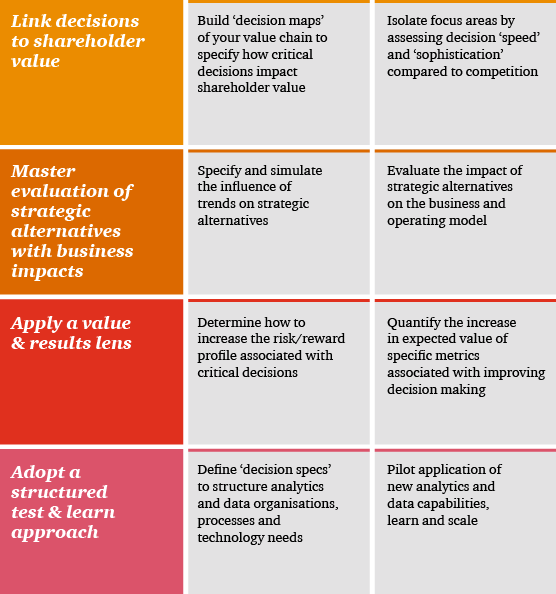By Karen Klein
Where does your business stand now? Where do you want it to go? And how will you achieve that success? A new calendar year is a good opportunity for small business owners to examine these questions. Taking time in the next few days or weeks to audit your business informally is a good way to get the information you need to plan for 2013.
Here are four areas to tackle:
Financials: Run a broad-based diagnostic test on your business that includes an informal valuation, financial projections for 2013, and a forecast for your industry as a whole. Companies go through life cycles: Is your business in growth, maintenance, or mature mode? “A younger, growing company needs the people, systems, and marketing in place to bring in additional revenue. In maintenance mode, you want to reduce expenses and maximize profits,” says Roger Murphy, chief executive of business brokerage Murphy Business & Financial Corp. in Clearwater, Fla.
For mature companies, having your financials in order will make it easier to sell your business when you are ready. “I’ve worked with the owner of a medical device company for years, and we had him compliant with [generally accepted accounting principles],” says Gregg Landers, managing director of the CBIZ MHM accounting and tax advisory office in San Diego. “When it came time to sell to a large international company, they had a historical record of his accounting, and the transaction went through fabulously, without all the expense of cleaning up the books.”
Risks: “This year has been the first year that companies started to take a breath following the recession. Our clients had cut to the bone in 2010 and 2011, so now one person is doing the job of three or four. Controls that were put in place went by the wayside,” Landers says. Have an outside expert, such as your accountant, assess your internal controls and identify weak spots where fraud or errors may occur.
Pay particular attention to your tax payments and human resource policies for areas of trouble, especially with new rules going into effect Jan. 1 and governments at all levels looking for revenue. “States are broke, and they’re getting aggressive,” Landers says “Small businesses that may have been under the radar in the past no longer are.” Likewise, if you use independent contractors, make sure they are properly classified as such under IRS rules so you don’t get caught paying hefty fines for workers who should be classified as employees.
Inventory and Operations: Look through each of your business processes from beginning to end to find ways to streamline and cut expenses. You can outsource an inventory count or close your company for a day or two and have your employees do it, says Scott Gillanders, chief credit officer at 44 Business Capital, a Blue Bell (Pa.) lender that specializes in Small Business Administration loans. “If you do it yourselves, mix things up so the office manager counts widgets in the warehouse and the warehouse manager counts office supplies. That reduces the potential for fraud,” he says.
This is an area where technology can help. Several companies sell barcode systems that automate inventory tracking. Brian Sutter, marketing director at Wasp Barcode Technologies in Plano, Texas, says small businesses write off an average of $20,000 in lost inventory each year. “Carrying old, obsolete, or misplaced inventory on your books is a huge cost for small businesses,” he says. Make sure that any technology you employ meshes with your in-house system and isn’t too complicated or costly. “A small business owner doesn’t need to have a Jaguar,” Gillanders says. “A Ford will get him from A to B just as easily.”
Strategy: Too many small businesses depend on their owners to make sales and run the show. If your company revolves around you, it won’t be valuable to a buyer when you want to move on or retire. “Take yourself out of the process of being involved in all the critical decisions day to day and start to work on your business growth, your long-term strategy, and things like finding cost savings,” Murphy says.
While you have a breather over the holidays, think about the bigger picture of your business. What does it do best? How can you do it better? How do you differentiate your company from its competitors? Jim Sharvin, a CPA at McDowell, Dillon & Hunter in Torrance, Calif., advises his small business clients to ask their customers, friends, and neighbors for their opinions. “A lot of people may have ideas about your business, but they don’t speak up unless you ask them,” he says. “Insights from your inner circle can be valuable if you can listen to critiques without getting defensive.”


